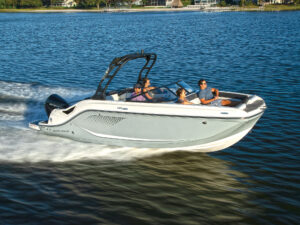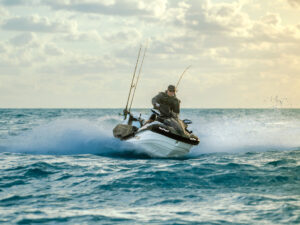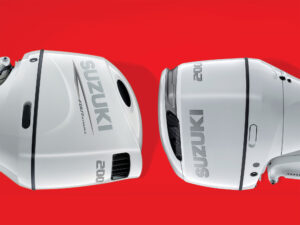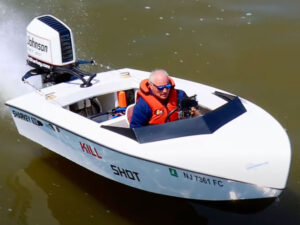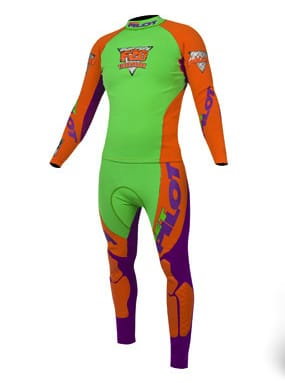
Wetsuit
Labor Day weekend may have signaled the end of summer for many, but it doesn’t have to be the end of your riding season. In fact, in many ways the next two months (or more in some areas of the country) offer some of the absolute best riding you’ll find. The simple reason? Waterways are substantially quieter, as are waterfront restaurants, popular beaches, and anywhere else you may have felt crowded out of during the summer. It would be a shame to miss this wonderful time of the year by stowing your craft prematurely.
The catch, of course, is that as the waters get quieter, the weather is getting colder. Go out ill prepared and your ride may not only be less fun, but downright dangerous. Body temperature can easily drop when submerged in cold water or exposed to the elements without protection. Fail to bring that body temperature back to normal and hypothermia can quickly set in. Looking for signs? Shivering, high blood pressure, faster-than-normal heart rate, and rapid breathing are all symptoms of mild hypothermia; lowered body temperature and more violent shivering signal it has progressed to a moderate stage. Severe hypothermia is typified by heart rate, respiratory rate, and blood pressure all decreasing.
Serious stuff certainly, but results that can be avoided with the proper gear. Start with a wetsuit, ideally a john/jacket combo.
Most are rated by a specified temperature range, typically related to the thickness of the neoprene. Three millimeters is usually the turning point. Buy less and you’ll get flexibility but sacrifice warmth. Buy more and you get increased warmth but sacrifice a little freedom of movement. Better suits use varying thicknesses in combination to combine the two goals. Remember, a wetsuit isn’t intended to keep you dry. It works by allowing a thin layer of water in, trapping it between your skin and the neoprene rubber, and then warming that water with body heat. Looking to layer on more protection? Try adding a neoprene touring coat, or one of the popular “float coat” PFD jackets.
Don’t forget your extremities. Yup, just like your Mom told you as a child, a lot of heat is lost though the head, hands, and feet, the latter of which are especially vulnerable as they may often be resting in the water. Neoprene gloves and booties are common pieces of PWC gear. Supplement them in really cool weather with a hat, ear covers, or neoprene hood.
Think a dry suit is your best choice? It is for really cold weather, but keep in mind a drysuit won’t breathe in the least. Should you build up too much heat from exertion or from an outside temp that’s not quite cold enough, you’ll sweat and that sweat may quickly cause a chill. If you do go the drysuit route, use ski or snowboard-style long underwear below, as it’s built to wick away sweat.
A lot to think about? Absolutely. But consider the alternative…
SUGGESTED READING
THE WORLD’S MOST VERSATILE BOAT
**
**

